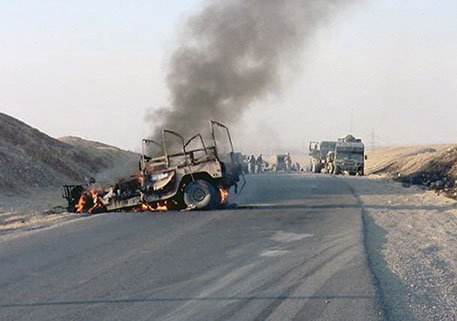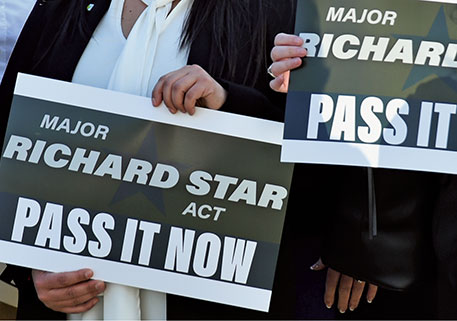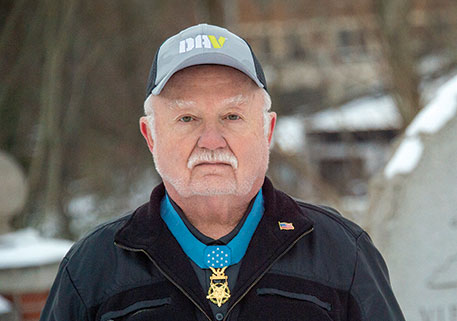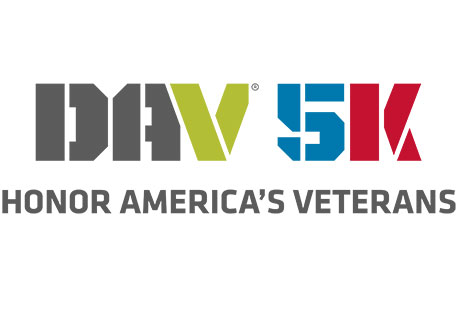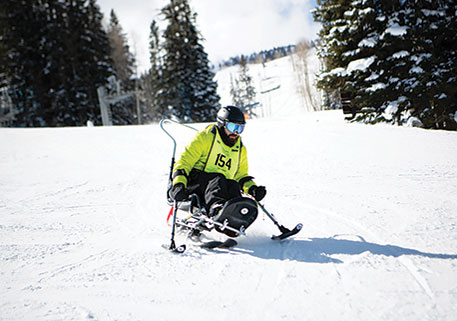How new figures are steering VA suicide prevention efforts
 Earlier this year, an examination of more than 55 million nationwide veteran records from 1979 to 2014 provided the Department of Veterans Affairs with the most extensive data to date on veteran suicide in the United States.
Earlier this year, an examination of more than 55 million nationwide veteran records from 1979 to 2014 provided the Department of Veterans Affairs with the most extensive data to date on veteran suicide in the United States.
The report states that across the board—regardless of age, era or gender—an average of 20 veterans die by suicide each day. Only six are users of VA services.
Since its creation in 2007, the VA Office of Suicide Prevention has conducted research, implemented best practices for awareness and prevention, and built nonprofit and corporate partnerships in the fight against veteran suicide. This latest report provides new data that allows the office’s executive director, Dr. Caitlin Thompson, and her team to make more informed decisions on prevention while working to bring the number of veteran suicides down to zero.
“We are really worried about our youngest veterans, as the 18- to 29-year-old veterans have very high rates of suicide,” said Thompson. “At the same time, we also need to remember our older veterans, because we know that out of all veteran suicides, 65 percent are over the age of 50.”
Thompson also pointed out that women veterans have much higher rates of suicide than civilian women, particularly those women veterans who are not enrolled in VA health care.
One veteran’s story
Angela Arellano has used VA services managed by Thompson’s team.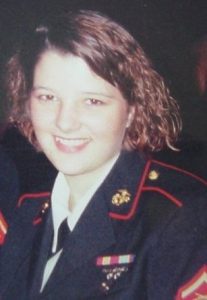
At 17, Arellano enlisted to become a motor transport mechanic in the U.S. Marine Corps. At her first duty station in Okinawa, Japan, she suffered military sexual trauma at the hands of a fellow Marine. She reported the incident but, instead of justice, found herself with a nonjudicial punishment. The man who assaulted her was not disciplined.
The experience haunted Arellano, who suffered from depression after leaving the military. Following a move to Seattle, her depression worsened, but for the first time she was able to receive counseling at the local VA women’s clinic. Arellano saw a therapist and attended group support classes, including women-only sessions that specialized in treating military sexual trauma and post-traumatic stress.
“[Providers at the VA] understood both my physical and invisible injuries,” she said. “My treatment was streamlined and holistic.”
Arellano was doing better, but that all changed after she moved to San Jose, Calif., in June 2015.
“I started spiraling down into a deep depression. Things started unraveling to the point where I had dissociative episodes,” she said. “During one of those episodes, I loaded my gun, and my husband had to get it away from me. I was in a very bad place. The only thing that mattered to me at the time was me not being around.”
Arellano’s new VA therapist adjusted her treatment plan, recommending more intensive counseling from her psychiatrist. She was paired with an emotional support animal and learned about the Veterans Crisis Line.
“Initially, I called a few times but hung up because I was too scared to say anything,” said Arellano. “That was the hardest part, admitting that’s where I was, and that’s what I’m going through and that I need help. They have kept me sane and kept me out of the grave.”
Called to serve
Though Thompson isn’t a veteran, she realized early on she had a passion for serving this population.
“I felt such a sense of mission that I continue to feel,” said Thompson. “It’s an honor.”
During Thompson’s first year at the VA, she worked with three veterans who died by suicide. It impacted her deeply, and she sought out a postdoctoral fellowship for suicide prevention. Since then, she has dedicated her career to ending veteran suicide.
However, Thompson said eliminating veteran suicide isn’t just a job for the VA, especially since not all veterans are eligible for VA care and some simply choose not to use VA services. Therefore, she stresses community partnerships that can benefit veterans outside the system, as well.
“When 20 veterans die by suicide and 14 veterans hadn’t touched VA care, it means that we can’t do this alone,” she said.
There has been a 24 percent increase in suicides among the overall U.S. population from 1999 to 2014. Comparatively, there has been a smaller increase in veteran suicides since 2001.
“That’s where we’re able to say that the work we’ve been doing in VA since we started the suicide prevention program in 2007 actually has been working,” said Thompson. “Veterans are dying by suicide at a lower rate. At the same time, it is increasing—but it is not increasing as much as the general population, which is still an important finding for us.”
As one reason the rates are slowing, Thompson attributes an enhanced delivery care service for veterans who are at high risk of suicide. Safety plans, an alert in the electronic medical record for other physicians the veteran sees at the VA, and intensive follow-up are employed until the veteran is deemed no longer at risk. The Veterans Crisis Line, accessible by all veterans regardless of their enrollment status with the VA, received more than 500,000 calls, and counselors dispatched emergency responders to veteran callers an average of 30 times per day in 2015.
The VA also employs Suicide Prevention Coordinators across the country, and data from the latest study can help them target their outreach efforts. What started as just one coordinator in every VA facility has grown to more than 300 managing local initiatives and fostering community relationships that benefit area veterans.
“The VA has the largest integrated suicide prevention program in the country,” said DAV National Legislative Director Joy Ilem. “That is why DAV is committed to working alongside the VA to continue to fight for proper mental health care and find a solution to the devastating epidemic of veteran suicide.”
You can help
Perhaps most importantly, Thompson stressed that anyone can play a role in helping prevent veteran suicide in their community by simply reaching out.
“You don’t have to be a trained professional to reach out to a veteran,” said Thompson. “When veterans feel suicidal they typically feel very alone, so to make that connection is so important.”
She added that if someone is concerned a veteran may be suicidal, it is appropriate to ask them if they have thought about harming themselves.
“There’s a lot of myths out there that if you ask the questions, you’re going to put that in the veteran’s head and they’re going to kill themselves and it’s your fault,” explained Thompson. “And that’s absolutely not the case at all Asking the simple question, ‘Have you thought of taking your life,’ and couching it with some real concern, will open up the conversation that many veterans who are survivors of suicide attempts say they wish someone would have asked.”
She reiterated that if someone responds that they are suicidal, many resources are available, not only for the veteran but also for the people caring for them.
“We want to be there for our veterans, and we are there for them,” said Thompson. “Our partnerships with [veterans service organizations] like DAV are of the utmost importance as we get through this together.”
Do you have suggestions for Dr. Caitlin Thompson and the VA Office of Suicide Prevention? Visit www.veteranscrisisline.net/GetHelp/ResourceLocator.aspx and contact your local suicide prevention coordinator.
Side bar:
DID YOU KNOW? Veterans use firearms more than nonveterans when they are feeling suicidal. Firearms are an extremely lethal means of suicide, with a 90-percent chance of death opposed to a different means such as overdose. Executive Director of the VA Office of Suicide Prevention Dr. Caitlin Thompson says that may be one reason why women veterans are 2.4 times more at risk for suicide compared to their civilian counterparts.
The VA has a gun lock program and provides free gun locks to any veteran or family member who wants them. “That speaks to how seriously veterans take their own safety and their families’ into their hands,” said Thompson. The VA has distributed 2.8 million gun locks nationwide since 2010.

